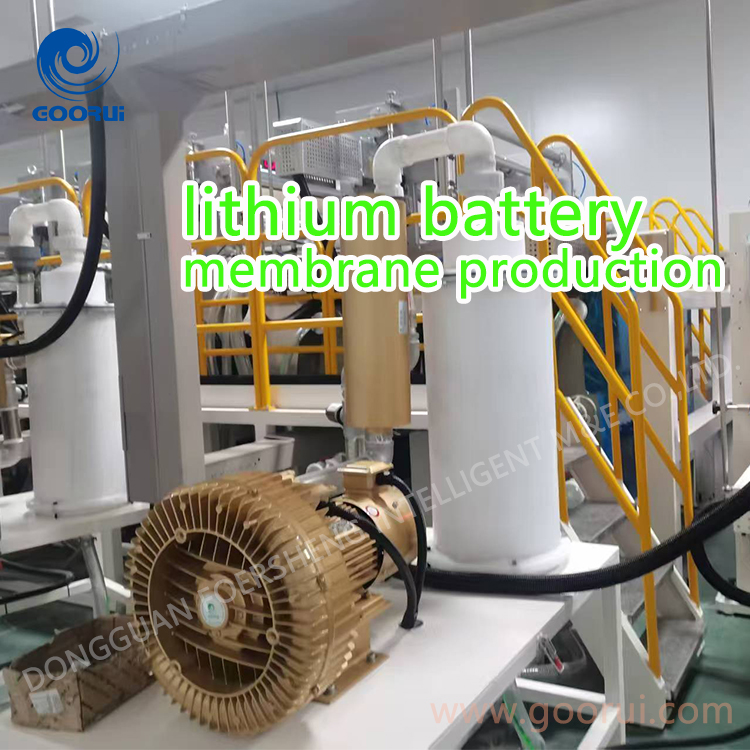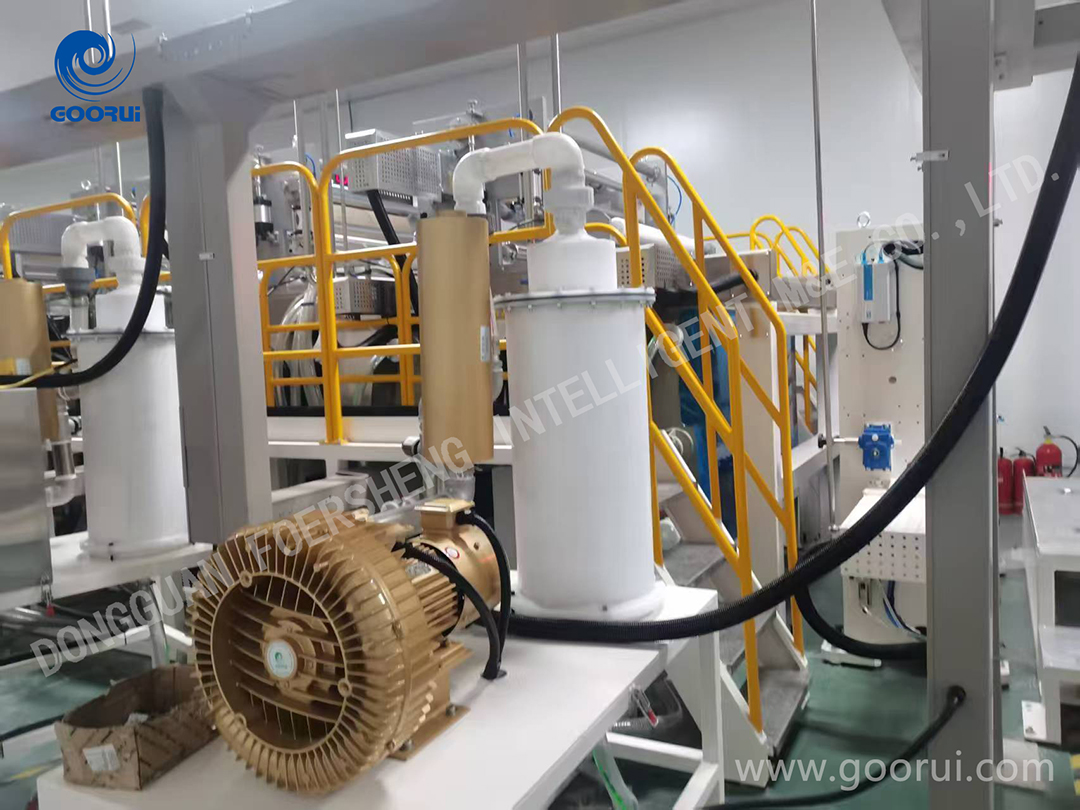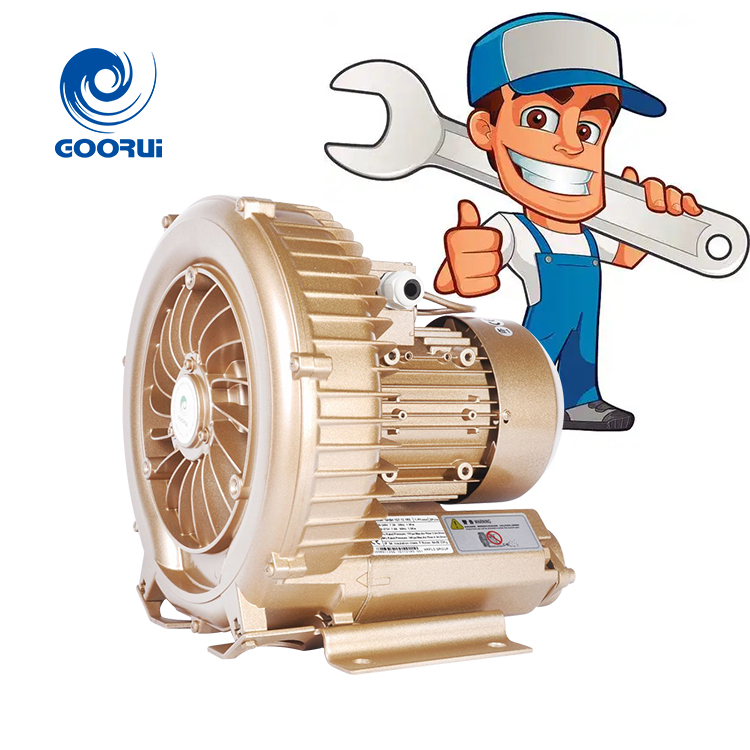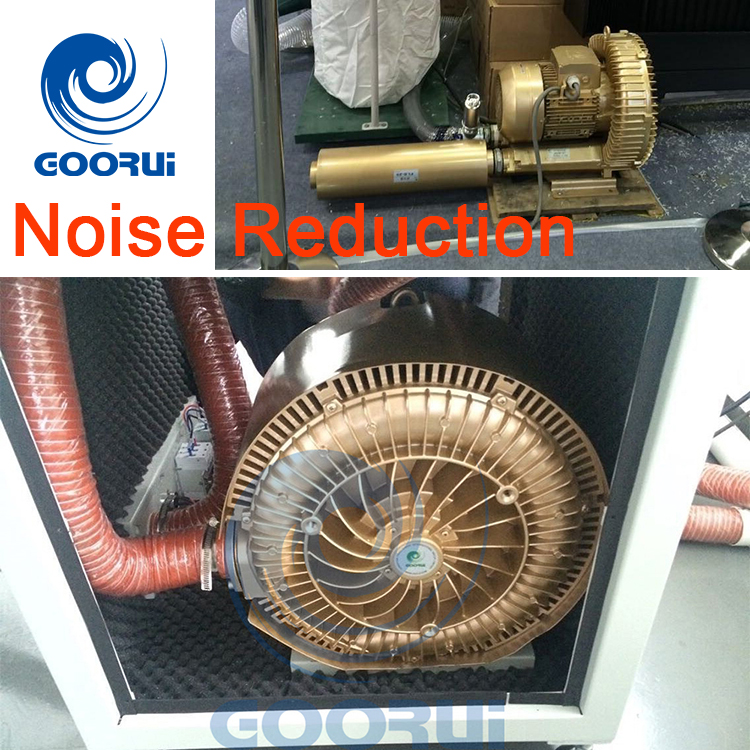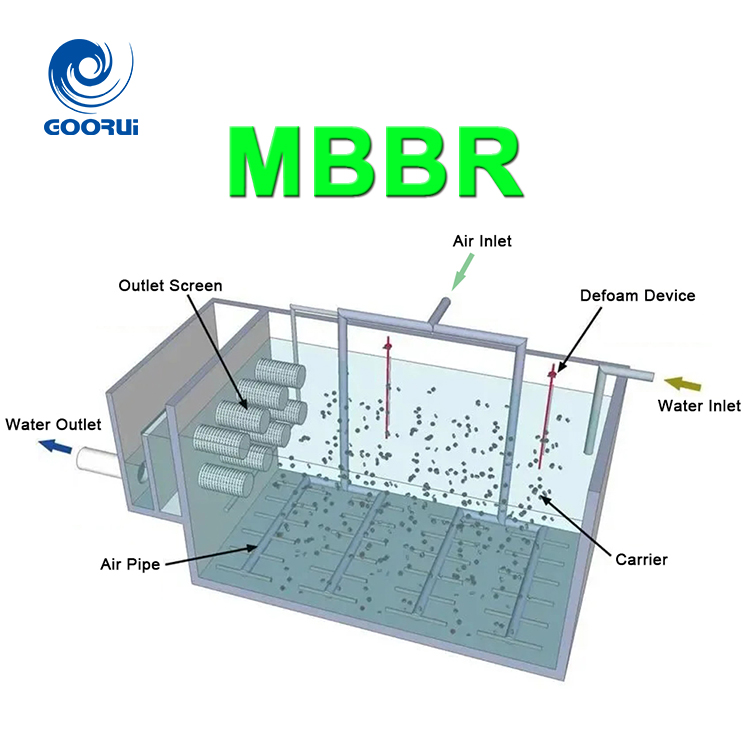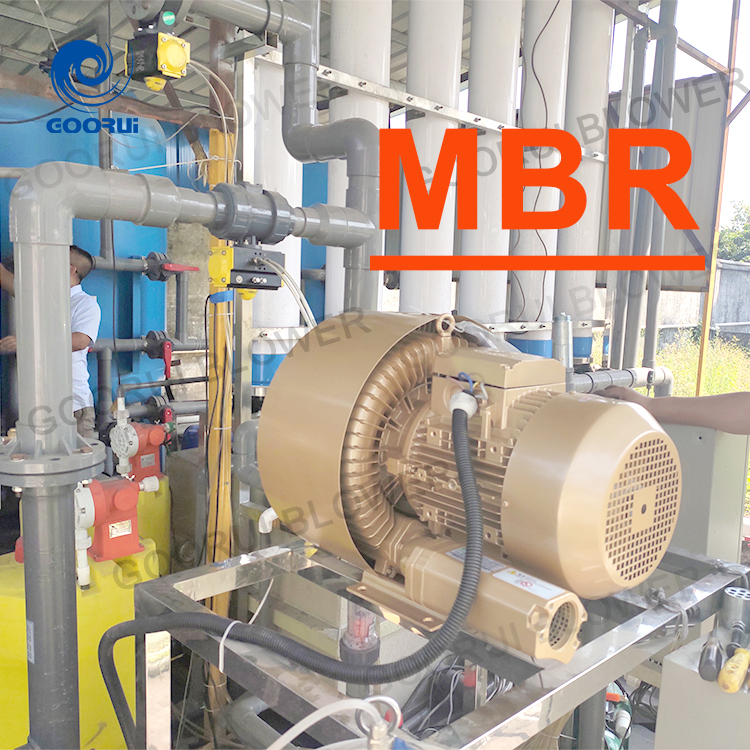Goorui air blowers play a key role in the production of lithium battery separators (lithium battery membranes). They are mainly used in multiple links of the production process. Their efficient and stable air supply, exhaust or pressure control capabilities directly affect the quality and production efficiency of the separators. The following are specific application scenarios and technical points of high-pressure blowers:
Application of high-pressure blowers in the lithium battery membrane production process:
(1) Raw material transportation and drying
Function: High-pressure blowers are used to transport raw material particles such as polyethylene (PE) and polypropylene (PP), or to recycle scraps.
Key requirements: Anti-static design is required to avoid the risk of dust explosion; stable air volume to ensure uniform transportation of raw materials.
(2) Melt extrusion and cast film
Function: During the melt extrusion stage, the high-pressure blower quickly cools and shapes the high-temperature melt through the air knife system to form a uniform primary film.
Key requirements:
High-precision air pressure control: The air knife needs to provide uniform and stable airflow (usually pressure range 0.3~1.5 bar) to ensure film thickness consistency.
High temperature resistant design: Some fans need to withstand the high temperature environment around the extruder.
(3) Stretching process (unidirectional/bidirectional stretching)
Function:
Transverse stretching (TD): High-pressure fans generate high-speed airflow to assist in widening and avoid wrinkles in the film.
Middle direction stretching (MD): Fix the film by negative pressure adsorption to prevent deviation.
Key requirement: The fan must have variable frequency adjustment capability to adapt to tension control under different stretching ratios.
(4) Pore formation (wet process)
Function: In the wet process, high-pressure fans are used to evaporate and recover the extractant (such as white oil), or to form a microporous structure through airflow-induced phase separation.
Key requirements: Explosion-proof design (ATEX certification), corrosion resistance (such as stainless steel).
(5) Coating and drying
Function: If the diaphragm needs to be coated with ceramic or PVDF coating, the high-pressure fan provides drying hot air (such as hot air circulation system) to accelerate solvent evaporation.
Key requirements:
Temperature control accuracy: within ±1℃ to avoid thermal stress causing membrane deformation.
Oil-free design: prevent oil from contaminating the diaphragm surface.
(6) Slitting and winding
Function:
Static elimination: ion blower eliminates static electricity generated during slitting to avoid dust absorption.
Vacuum absorption: high-pressure blower generates negative pressure to make the film material fit the winding roller smoothly.
Key requirements: low noise, low vibration, and avoid affecting the tension of the film material.
Key points for selecting high-pressure blower
Air volume and pressure: calculated according to process requirements (such as air knife width, stretching speed).
Material: oil-free stainless steel (food grade) or anti-static coating.
Energy efficiency: variable frequency motor reduces energy consumption (lithium battery film production is energy-sensitive).
Environmental adaptation: explosion-proof, temperature-resistant, and moisture-proof (especially wet process workshop).
Common problems and solutions
Problem 1: Uneven film thickness
→ Check the uniformity of air knife airflow and calibrate the blower pressure sensor.
Problem 2: Diaphragm contamination
→ Use oil-free blower and add filter (HEPA grade).
Problem 3: Static electricity accumulation
→ Install ion wind rod or grounding treatment.
Industry trend
Intelligent: integrated PLC control, real-time adjustment of wind pressure/air volume.
Energy saving: Magnetic suspension blower gradually replaces traditional Roots blower.
High cleanliness: meet higher standards of cleanliness requirements such as sodium battery diaphragm.
The performance of high-pressure blower directly affects the porosity, mechanical strength and consistency of lithium battery membrane, so it needs to be deeply matched with the production process during selection and maintenance. It is recommended to cooperate with the blower supplier for customized design and regular maintenance (such as cleaning the filter and lubricating the bearing) to ensure long-term stable operation.


